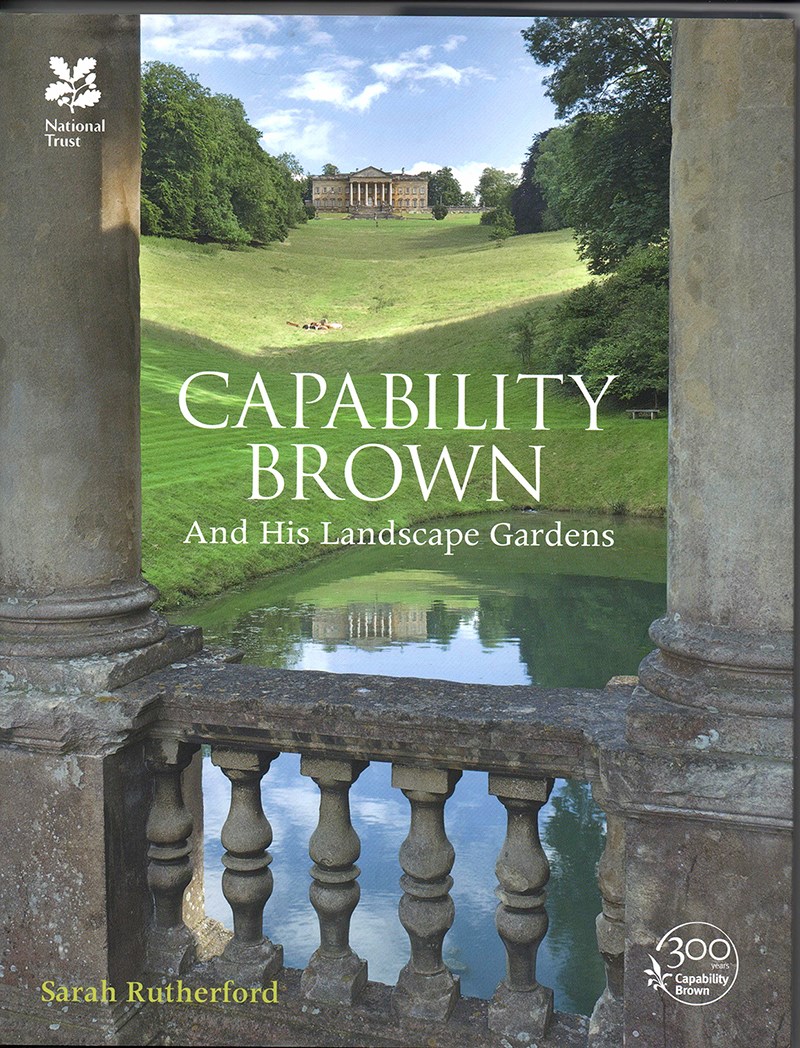While the city of Coquitlam is busy celebrating its 125th anniversary, gardeners in Great Britain are celebrating the 300th anniversary of the birth of Lancelot ‘Capability’ Brown.
Born in August 1716, Brown was a highly regarded landscaper who had a huge influence on the design of the country estates of many of England’s aristocrats. He is credited with designing more than 250 sites that cover a total of almost 520 sq. km in Britain.
In Coquitlam, we are lucky to have an impressive landscape that is very much influenced by the ideas of Capability Brown — none other than the beautiful Riverview Hospital lands.
Brown received the nickname of Capability because he commonly explained to his clients that their estates had capability — i.e., potential — to become spectacular but natural-looking scenic jewels.
Born into somewhat humble beginnings, he became an estate worker at age 16 in Northumberland, where he quickly grasped the principles of landscaping. In less than a decade, he had honed his natural talents sufficiently to become a head gardener. He also proved adept at managing a large crew and set about naturalizing a large estate near Stowe. In only a few years, Brown established such a reputation for landscaping that he became an independent contractor and spent the rest of his life altering country estates across Britain.
Prior to the 1700s, estates in England were typically highly contrived landscapes with a number of straight pathways radiating out from a single point with formal, intricate and geometrically shaped gardens. In this regard, they were much influenced by the French style of gardening. Such landscaping was artificial and required many hours of work to keep plants trimmed into unnatural shapes.
Brown’s ideas were revolutionary as he promoted what we would call today “working with nature.”
He favoured grand, pastoral landscapes that offered sweeping views complemented by natural-looking groups of trees. To create these landscapes, he often transformed the land by damming rivers to form lakes, draining bogs and creating slopes from flat land that looked completely natural and were far more pleasing to the eye.
His designed landscapes also included pastures, which were cleverly separated from more formal lawns by the use of what was called a “ha-ha” — a hidden brick wall beyond which the land dropped a few feet, creating a barrier for grazing animals. Brown used grouping of trees to highlight views or hide unsightly areas. His paths were graciously curved rather than straight and were designed to slowly reveal views around each bend.
Brown was fortunate to be landscaping at a time when many new species of trees were being imported to Britain from the colonies. He was fond of including many of these new trees into his plantings. These included trees such as the ginkgo, which was introduced to England in 1754, and many species from eastern North America, such as the majestic tulip trees that vie with our native cottonwoods for being the tallest deciduous tree in North America.
Brown was skilled at using deciduous trees to create visually appealing changes to his landscape throughout the seasons. He was said to have been especially fond of Lebanon cedars and London planes — a hardy hybrid sycamore with one parent from eastern North America and the other from south-eastern Europe.
All of the trees used by Brown in his landscaping can also be viewed on the Riverview grounds in Coquitlam.
The aristocrats of England were especially enthusiastic about the results of Brown’s naturalistic landscapes as they provided copses of trees that supported the game they liked to hunt as well as lakes where fishing and boating could be pleasurable activities. The pastures that dropped off from groomed lawns offered distant, picturesque views of their prize-winning herds of horses or cattle. Obviously, Brown’s clients had to be wealthy to afford his services yet the landscapes that Brown created for the entitled were the antecedents of what today we could consider to be landscape parks for the people such as Stanley Park in Vancouver and Central Park in New York City.
With its created landscapes of groves of trees intermingled with heritage buildings, curved roadways and pleasing views, the Riverview Hospital site also has many features that encapsulate the landscaping principles of Capability Brown. With its outstanding tree collection, Riverview offers a pleasing palate of colours throughout the seasons and thoughtful groupings of related trees that facilitate botanical comparisons. While Riverview does not have a lake, its grounds once reached all the way to the Coquitlam River, which is augmented by several small streams that flow through Riverview’s slopes. The leafy glades of Riverview offer impressive views of some truly majestic oaks, lindens and chestnuts.
• TreeFest at Riverview on Sunday, Sept. 11 from 11 a.m. to 4 p.m., hosted by the Riverview Horticultural Centre Society and the city of Coquitlam, will offer members of the public free hourly tree tours and a heritage building walk. This annual event, now in its 23rd year, provides an opportunity to experience Riverview’s beautiful landscapes and fascinating history inspired, in part, by the vision of Capability Brown.
--Elaine Golds is a Port Moody environmentalist who is president and conservation chair of the Burke Mountain Naturalists, and member of the boards of the Colony Farm Park Association and the Port Moody Ecological Society.



